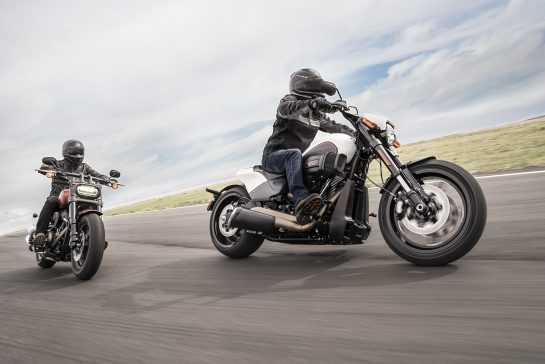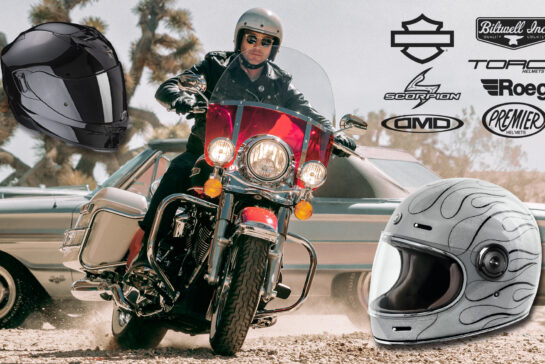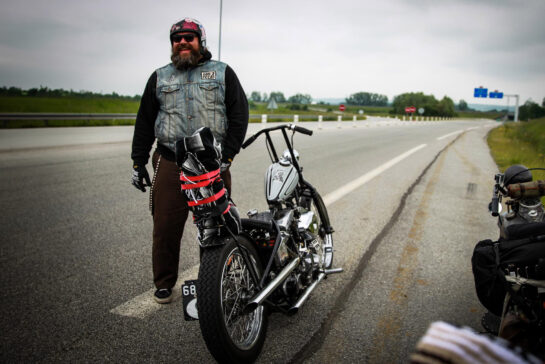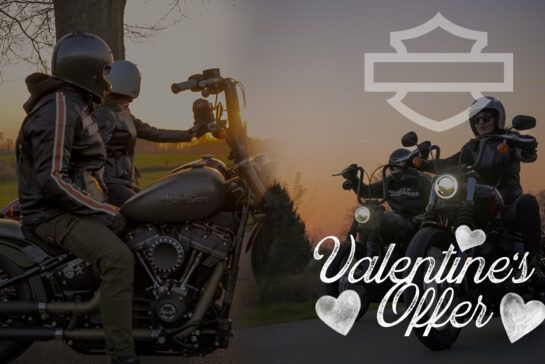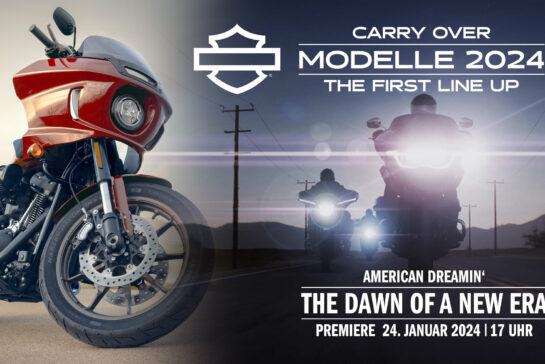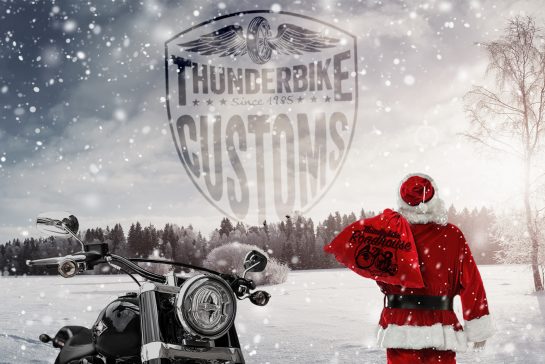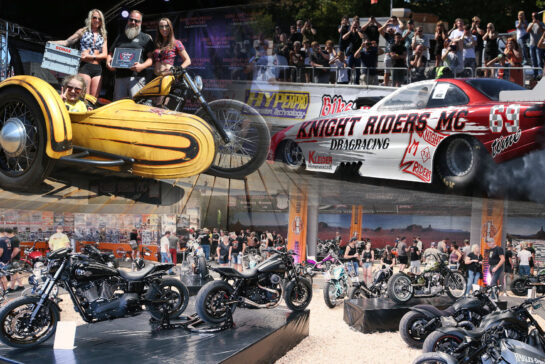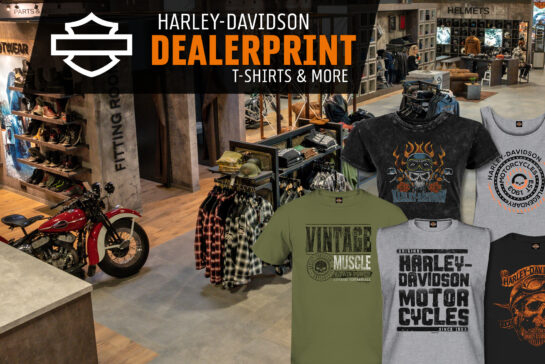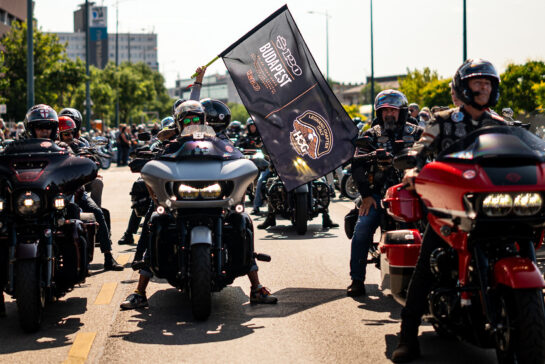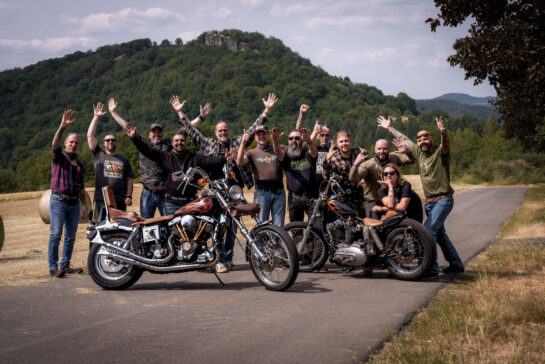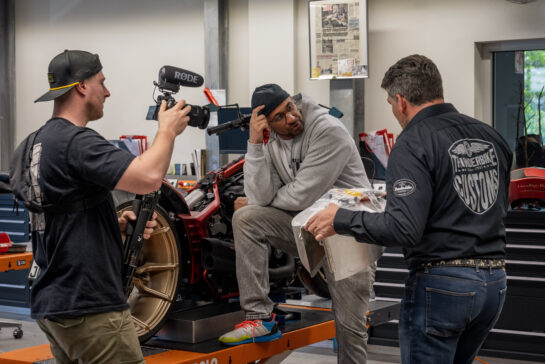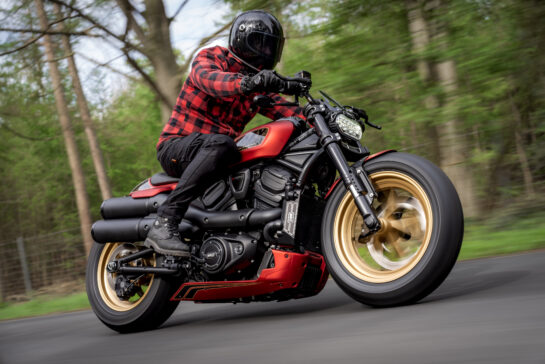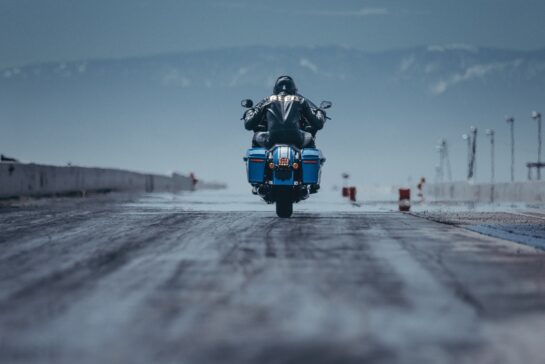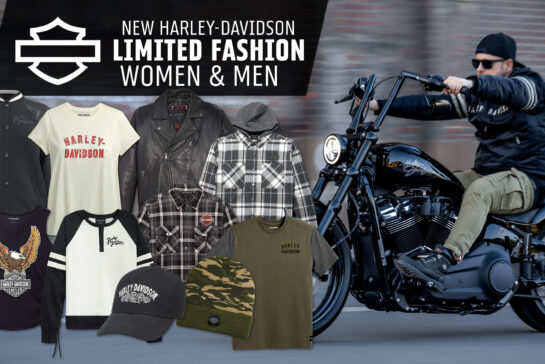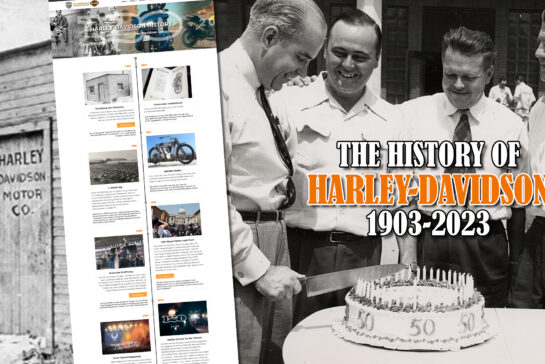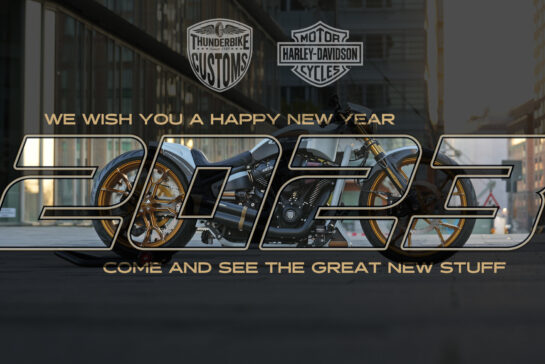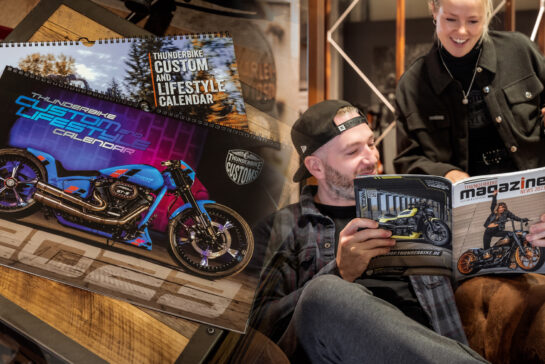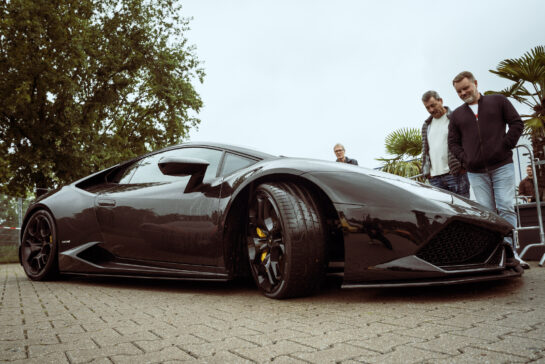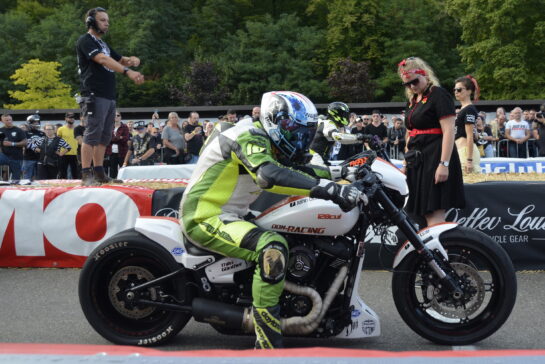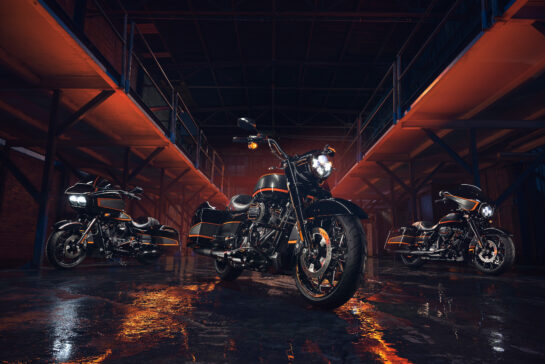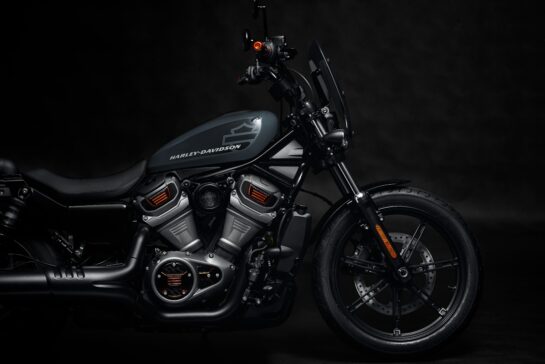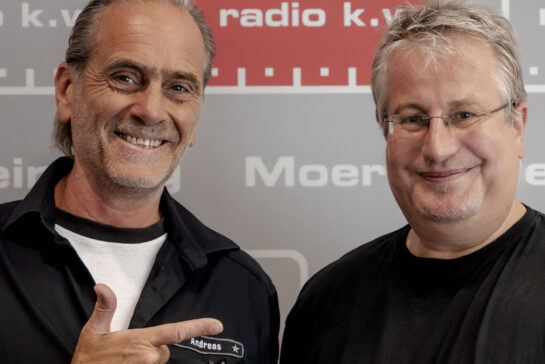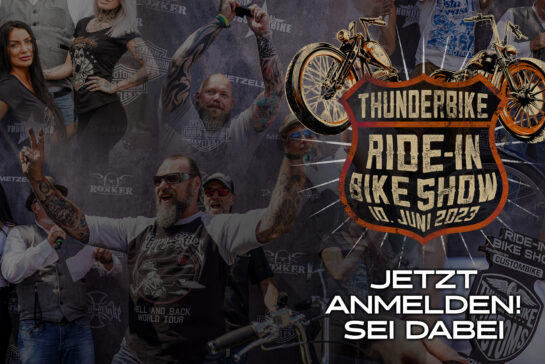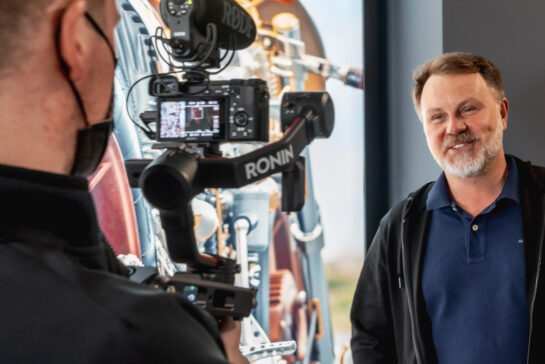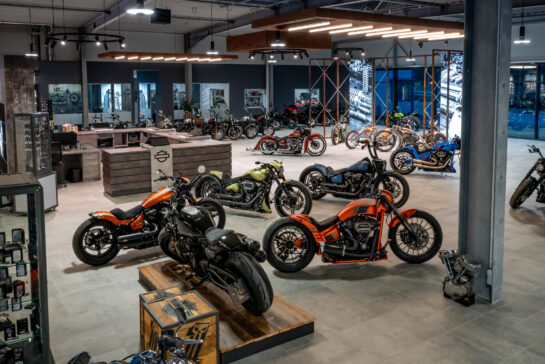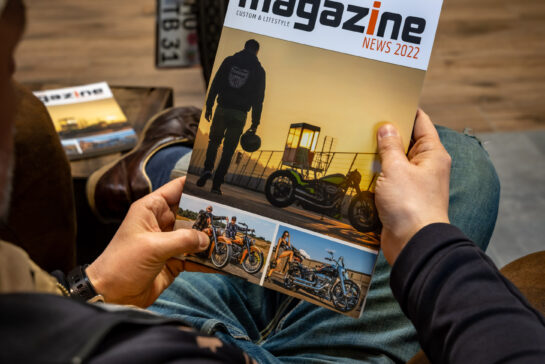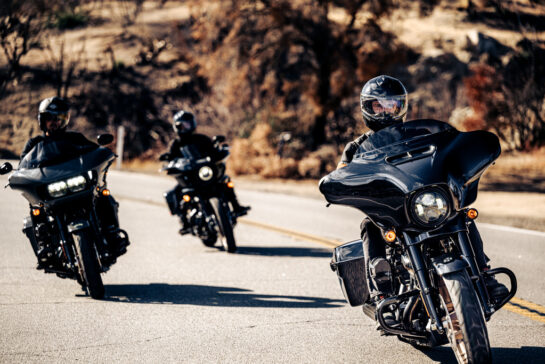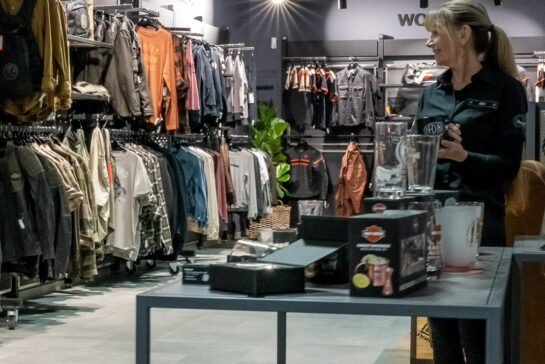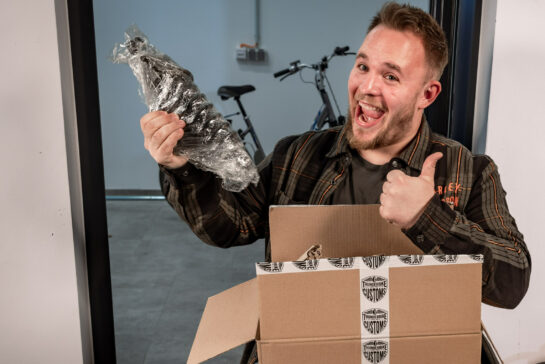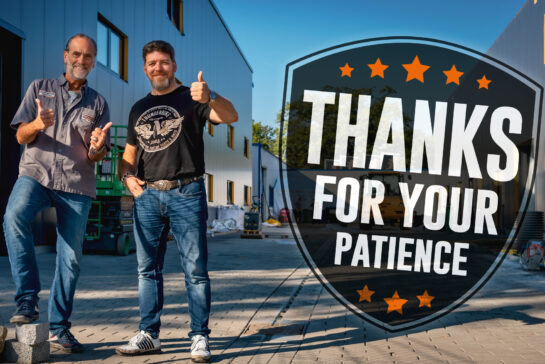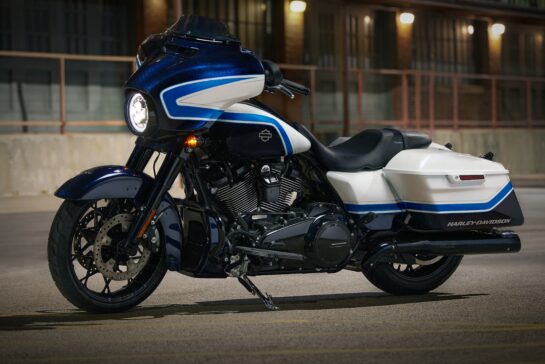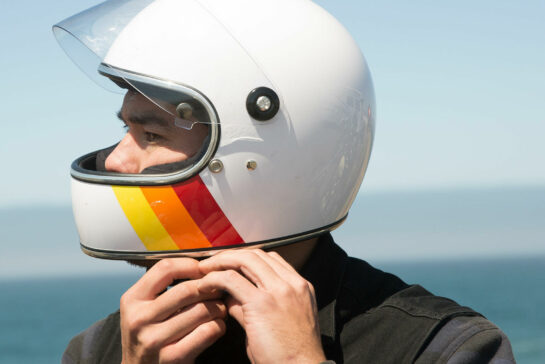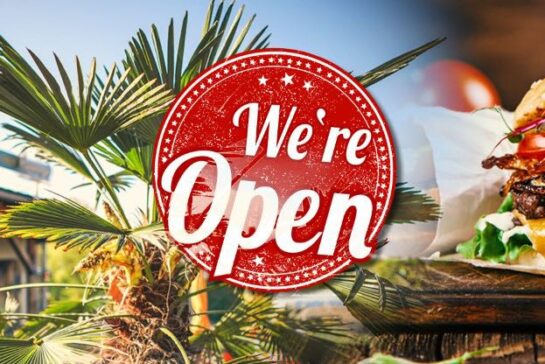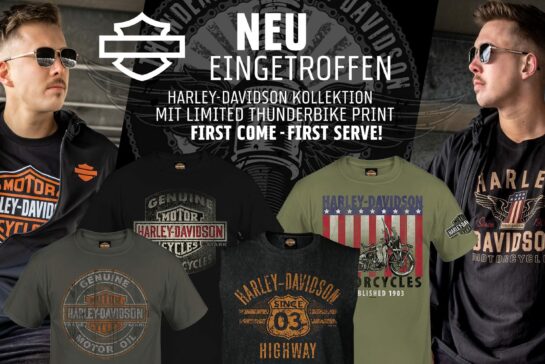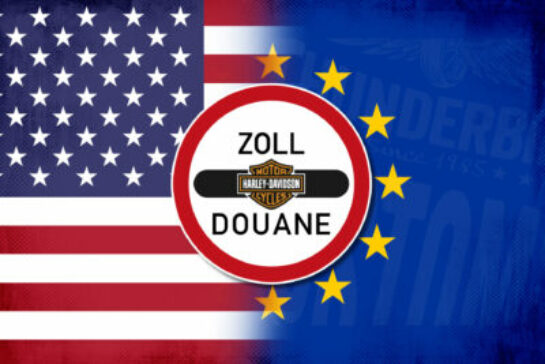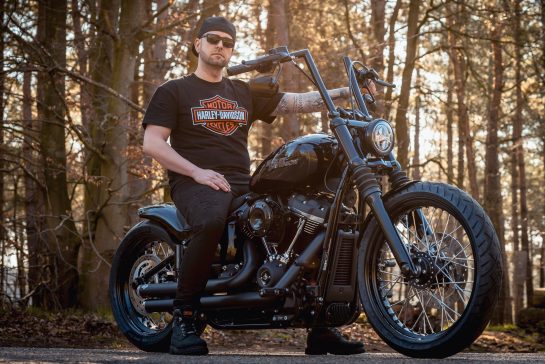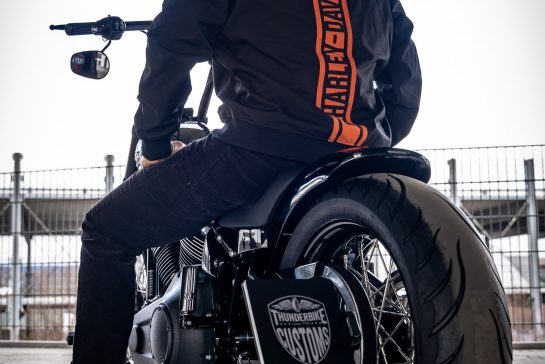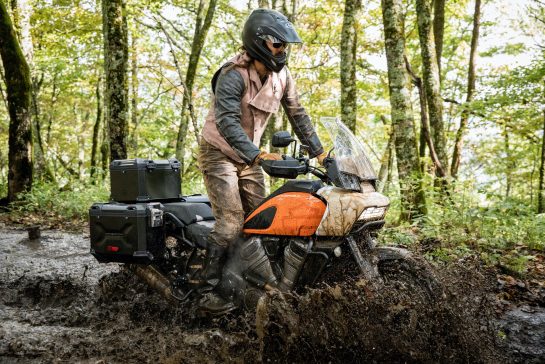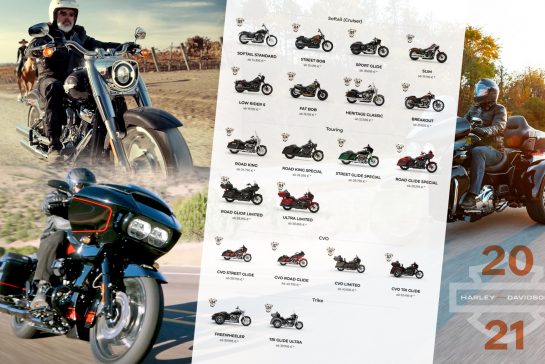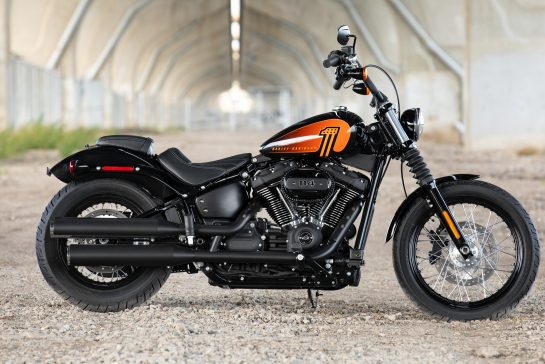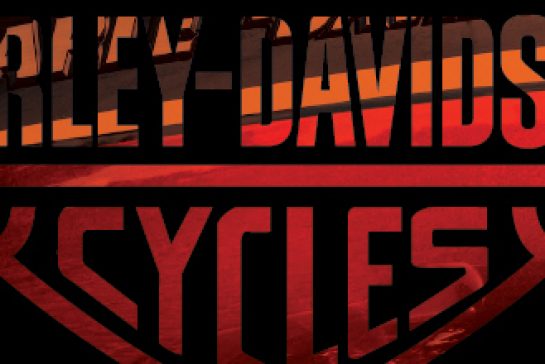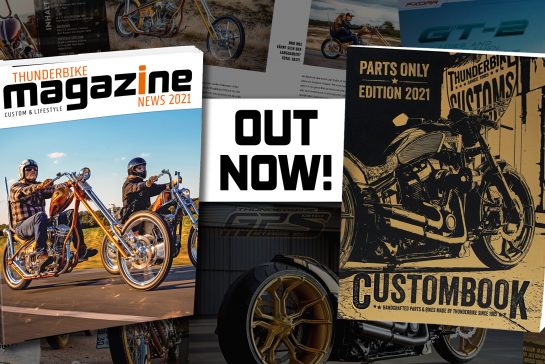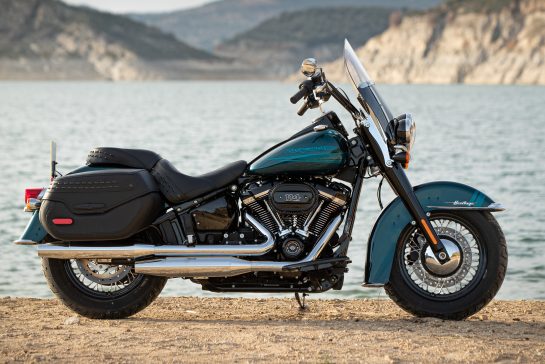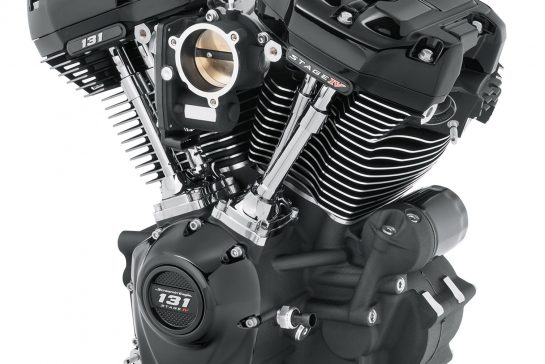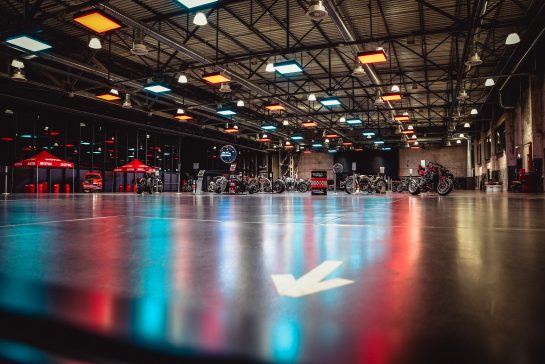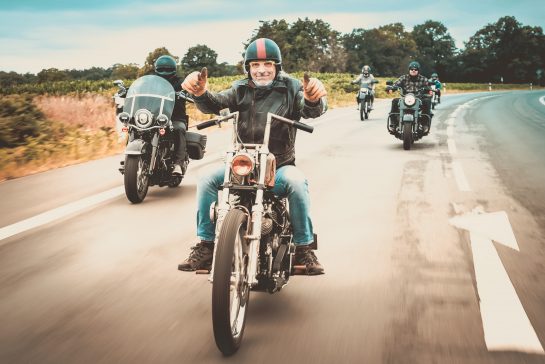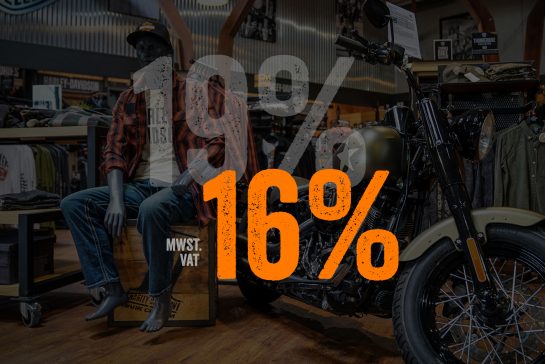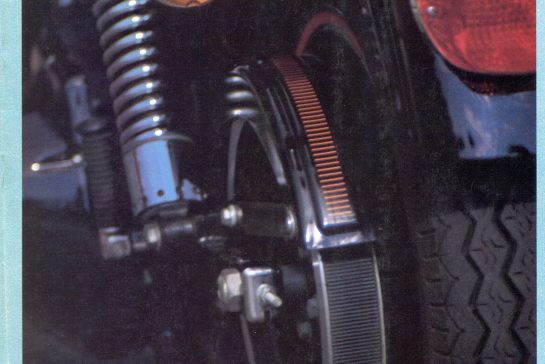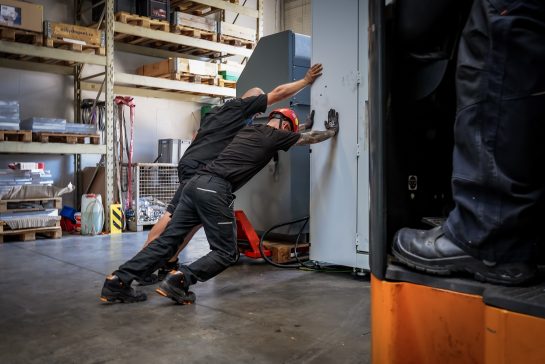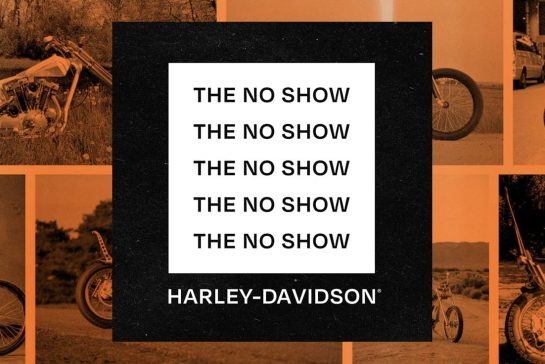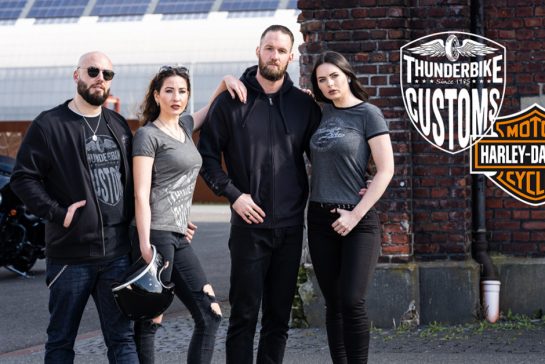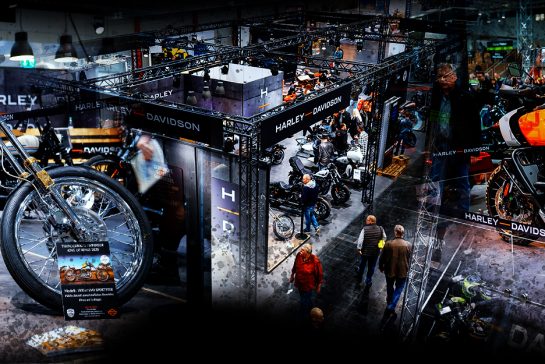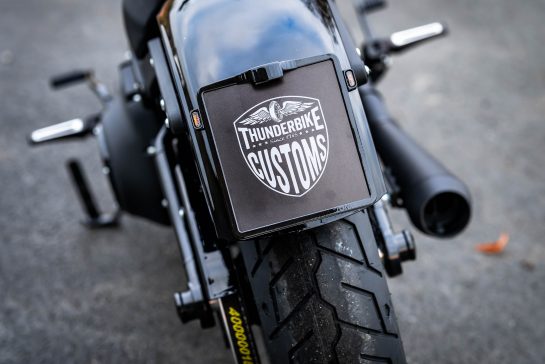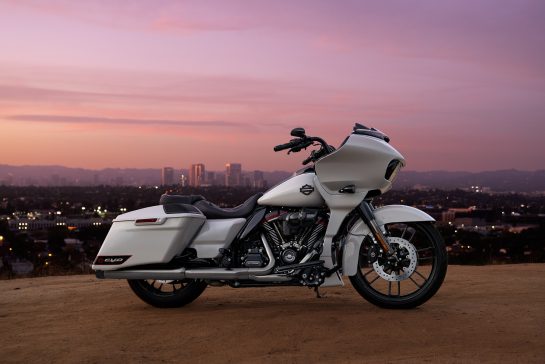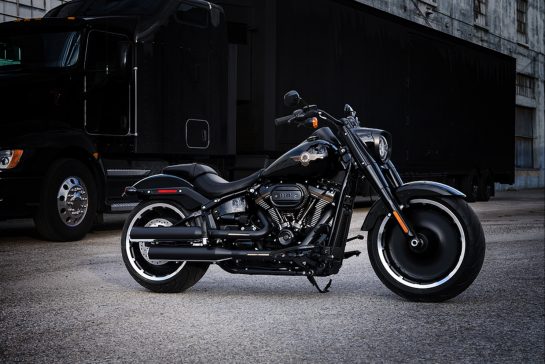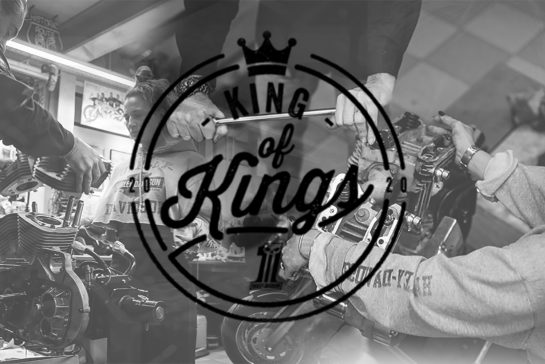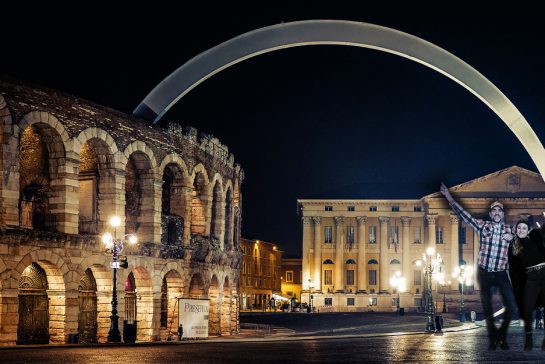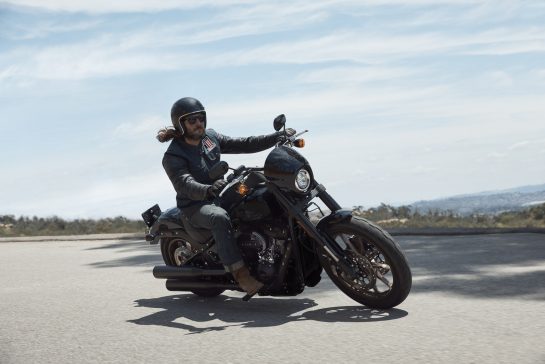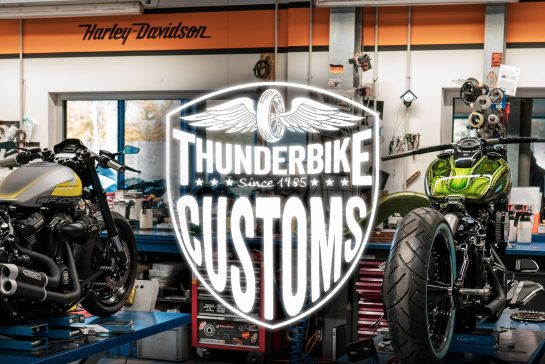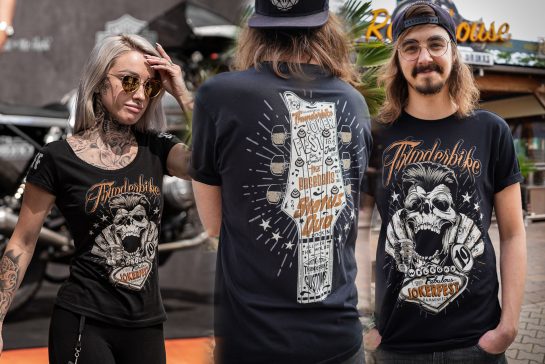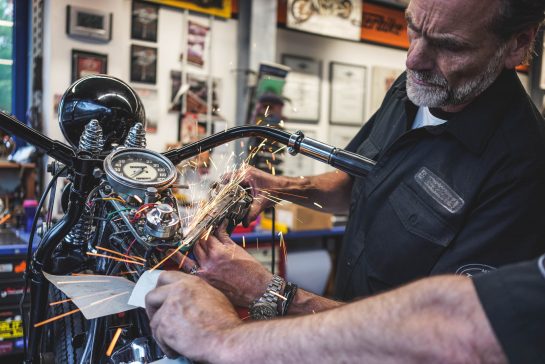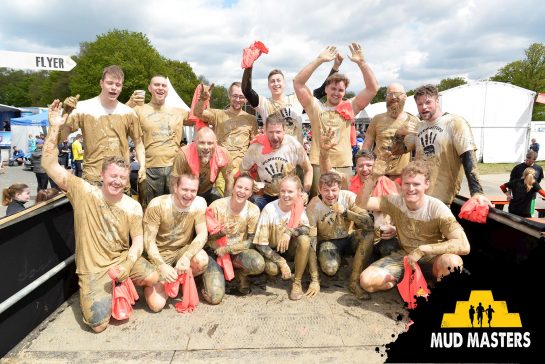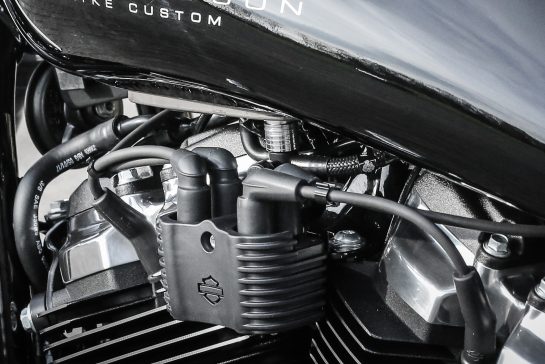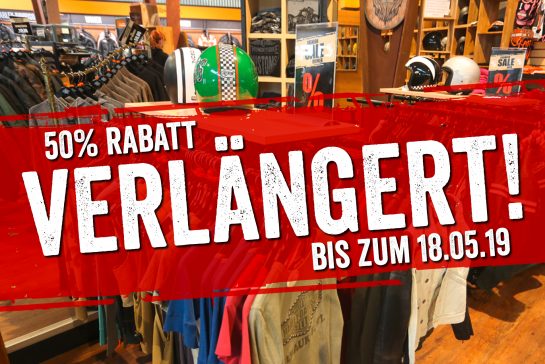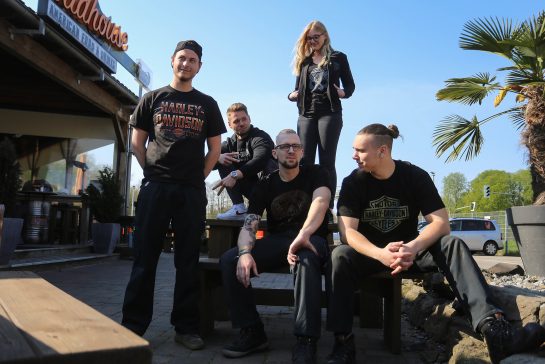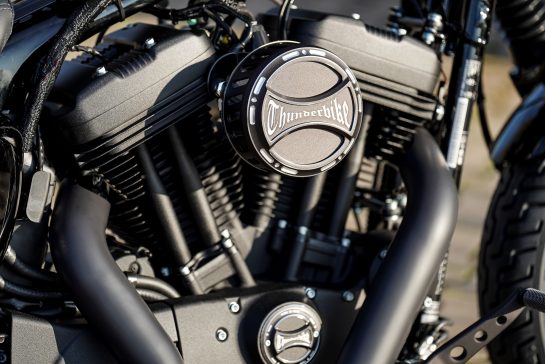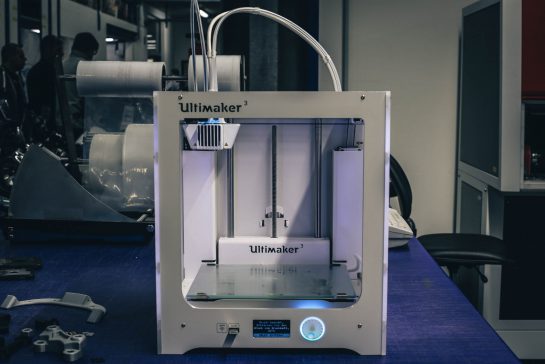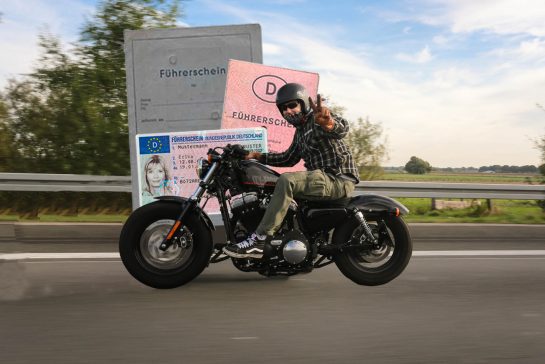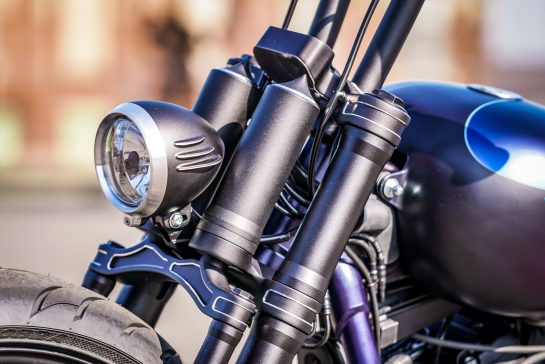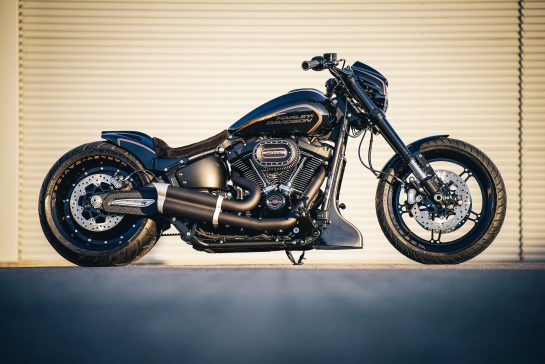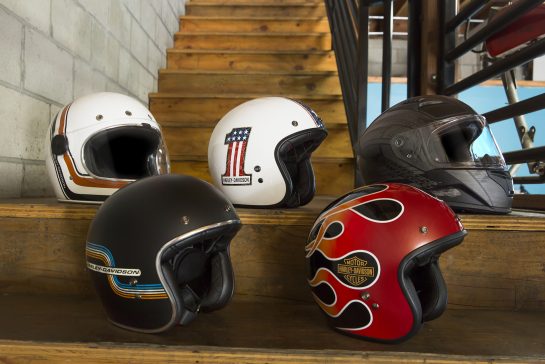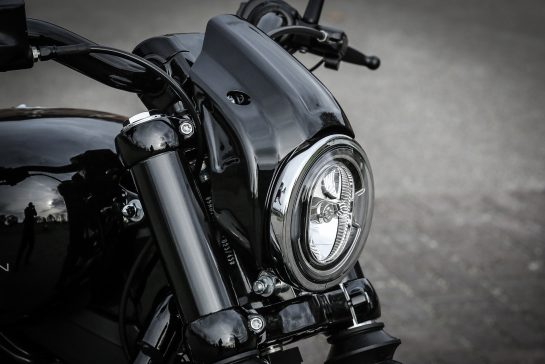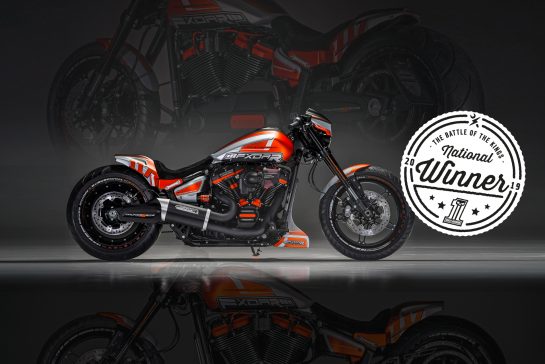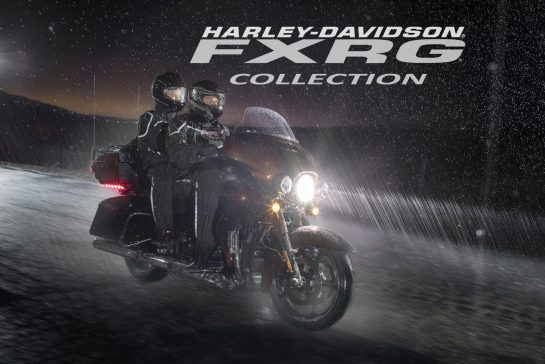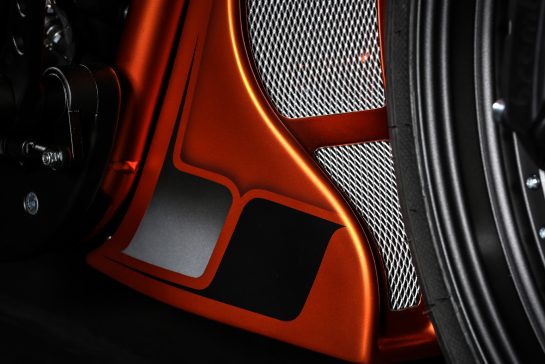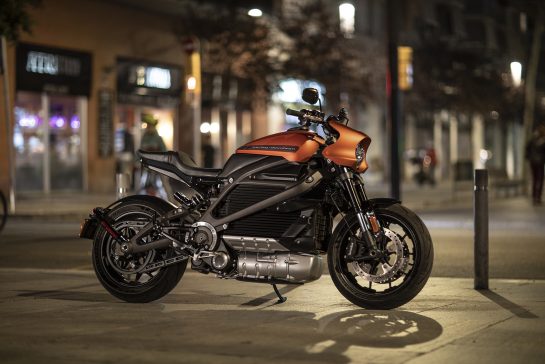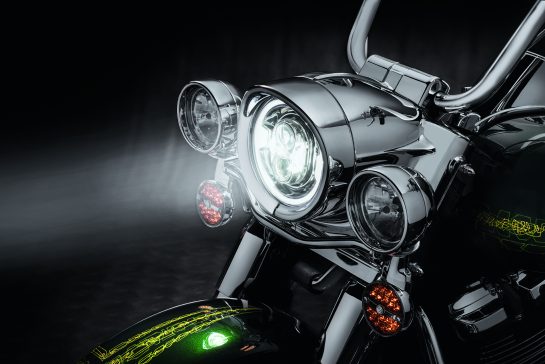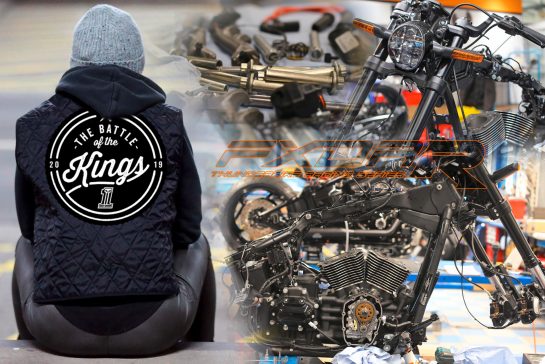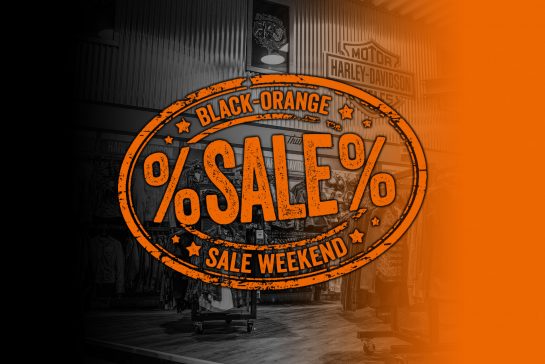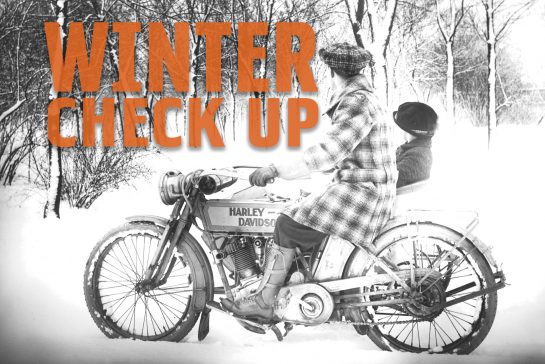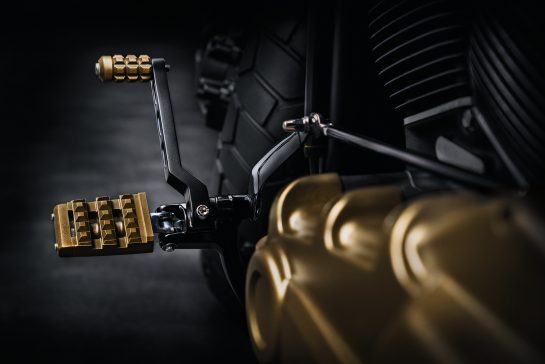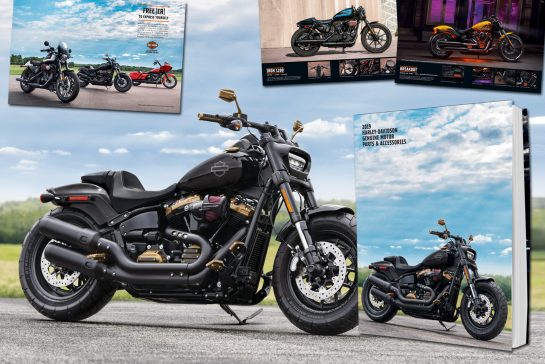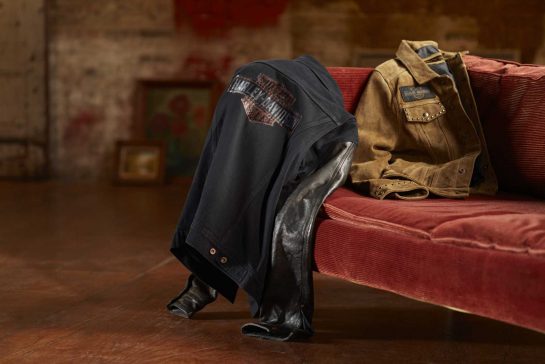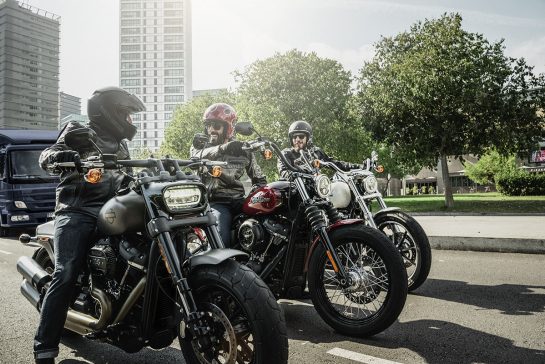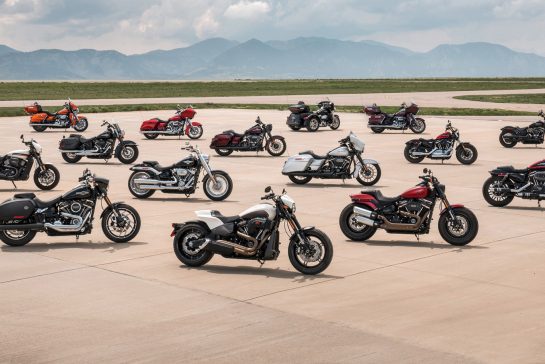The Swing arm is one of our favorite parts for very special bike projects.
The design was created by us in a highly contemporary method, on the computer, the realization, on the opposite, was created in the old blacksmith’s method. As you can see in the Making Of, it all started with a simple steel tube, which was bent by Jörg and Reiner with lots of fire, smoke, and pure „Craftsmanship“.
Two folded parts and two machined parts form the connecting part to the bearing points on the frame, so the front section of the swing arm is finished. The rear part of the swingarm is much more complicated, more than 20 individual parts that are welded together are necessary to bring this sophisticated form, with corresponding function together. So the brake arm support, chain adjuster, lower shock mounts and license Plate Bracket are not simply bolt on, they blend in perfectly into the design of the swingarm.
In a few days we will continue with the tank – we are looking forward to hearing what you think.
For the whole line of a bike the rear fender and the struts are certainly two of the most important components.
The rear fender of our King of Kings bike is, as with all the previously published parts, very complex and sophisticated. We decided to have a short but dominant sissybar, as well as a fender that accompanies the large rear wheel to just beyond the apex. We still had the Struts on stock, but of course they are not recognisable! Until the steel struts had their curved shape, we tried out many different variations. Finally we halved the individual struts, welded them together in opposite directions and doubled the front part to achieve the perfect line. The whole process had to take into account the ascending and descending struts of the rear frame and the rear wheel radius.
Air Cleaner and Gravour
To turn our King of Kings competition bike into a show stepper, the bike needs, besides all technically complex suspension solutions, an immediately recognizable value!
For this purpose, we have set some accents in golden brass. We milled all parts from the full material. We don´t want to give away all the parts we made, but we made some exclusive parts like air filter cover and exhaust end caps. But that was not enough for us! To get more details of the bike, we got the engraver Carsten Estermann on board. Carsten engraved some of the parts by hand with a dremel.
We were impressed not only by his creativity in choosing the motifs, but also by the extremely consistent depth of the engravings that he removed from the metal.
That’s the best part of it!
The irony speaks for itself. It’s about the already announced fuel tank of our KotK competition bikes, which is in no way inferior to the swing arm. The tank consists of two parts. On the one hand the base plate, on which the tank will be fixed later, on the other hand the tank itself.
Most people will ask themselves now, why have we decided this solution? In short: It is very complex, there are hardly any tolerances and it is actually totally unnecessary…But it is challenging and looks damn cool!
Starting with the fuel tank, it is first freed from its base and narrowed down to the desired width. In addition, the tank is provisionally stapled together in some places and then a new smooth bottom plate is added. For the steel base plate, the tank bottom is first drawn as an outline on cardboard and then scanned and extended by 7mm on all sides using a CAD program. Our master welder Jörg has welded two milled flat bars with integrated fixing points in complex manual work on this 7mm enlarged base plate. This creates a beautiful mount for the tank. The construction process of the tank is an interesting example of how well traditional craftsmanship and modern technology can work together. The surfaces are subsequently time-consuming sanded, polished and finished by Chiko’s Pinstriping with a fantastic lacquer (which color it has become will of course not be revealed yet!)
The manual gear lever is a very special unique piece and is also a technical high-end solution.
The development begins with a seating test, because the lever should be easy to reach during the ride! Afterwards a rough sketch is made on cardboard, which is then provided with lengths and widths in further steps. It is important that the two steps of the primary are taken into account, so that the lever can later be moved close to the bike. With this information we went to our CAD-designer Andre. From his sketches and in close cooperation with the guys in the custom workshop he makes a three-dimensional drawing. By the way, the lever was designed in exactly the same design as the lever of the foot brake. Once the drawing is finished it’s translated into a program, this process alone takes 8 working hours! This work step is so complex because the milling machine does an incredible job with 5 axles and therefore all swivel ranges and interfering contours of the machine have to be calculated. The lever is machined out of a solid block of billet aluminium and later polished to a high gloss finish in our in-house polishing department. For complete refinement a brass knob is turned, which is also refined by engraver Carsten Estermann. We are proud of this splendid piece!
We do not make any compromises with the frontend as well!
The basis for this like: Fork, wheel hub and brake calipers are from the legendary Ironhead. The rest is made by Thunderbike! This Narrowglide fork is of course first choice for the right chopper look! Triple tree, headlights, speedo brackets and turn signals were milled from the full!
Also the handlebars fit the Easyriders style perfectly! For the bike we put the handlebars together from 3 parts. Part one, is a connecting piece milled from the full one, which is screwed to the triple tree and forms the lower curve at the same time. Part two and three are taken from an old handlebar that was sacrificed for it. The arches of the old handlebars were simply cut off to fit and after the seat test they were tacked to part one and then welded.
Because the roadworthiness is a necessary condition for the King of King competition, we couldn't do without speedometer and indicators. After a long time of testing we found a suitable place for the necessary components. For speedometer and indicator lights Andre designed us a nice holder - of course matching the headlight design! Have you already discovered the turn signals? Like two little snakes they wrap around the fork pipe! It is one of the smallest but still one of the most brilliant specials.
But those who have followed the steps so far already know that this does not even just happen and of course it comes along with unexpected turns. The rough shape of the tank starts with a cardboard template which mechanic Reiner, an icon in our custom workshop, forms by hand. The shape of the oil tank is very important to give our bike a slim look and to guarantee a good transition between the rear and the front end of the bike. To achieve this, it must sit centrally in the frame and be positioned in good relation to the adjacent rear fender and frame tube. The cardboard template must now be transferred to 1.5mm sheet steel, which is very challenging, because cardboard can be bent in itself and therefore the template can only serve as a rough template. Our welder and specialist for the tricky tasks, Jörg, has left the sheets 1cm longer at the ends to shorten them later to the right size. In spite of this safety precaution, at least one tank usually goes “over the Jordan“.
The Sattle
The last Battles
In order to give our bike a sonorous appearance and to be able to dissipate the exhaust fumes in style, we have taken a lot of trouble.
Many Sportster riders and fans will surely understand our situation, because the accessory market offers only a small assortment for models of the Evolution series.
Therefore we have brought a large number of possible exhaust systems into our house to search for our favourite. At least 20-30 times Andreas and Reiner disassembled and reassembled different systems.
In the end they decided to use drag pipes, which now have little to do with their original form.
When choosing the manifold, we made sure that they do not compete with the footrest and the foot brake lever.
An important point for the later line of the bike is the rear angle where the pipes rise. Since no connecting piece with the desired angle was available, we simply made it by hand ourselves.
In addition, the pipes have been given a slight recess to make them fit even more smoothly around the rear shock absorbers and thus bring the exhaust pipes closer to the frame.
Two also handmade holders secure the system to the bike, one is located below the engine and the other just before the right shock absorber.
To give the tailpipes a nice finish we have digitally created three different end caps in funnel shapes with the help of our CAD designer Andre. These we transferred to cardboard templates to determine the final shape on the bike. Like all brass parts on the bike, the endcaps were turned from solid material and then polished to a high gloss.
We think the resulting exhaust looks not only cool but also sounds damn good!
You can find Thunderbike Parts and original Harley-Davidson Parts in our online shop.

